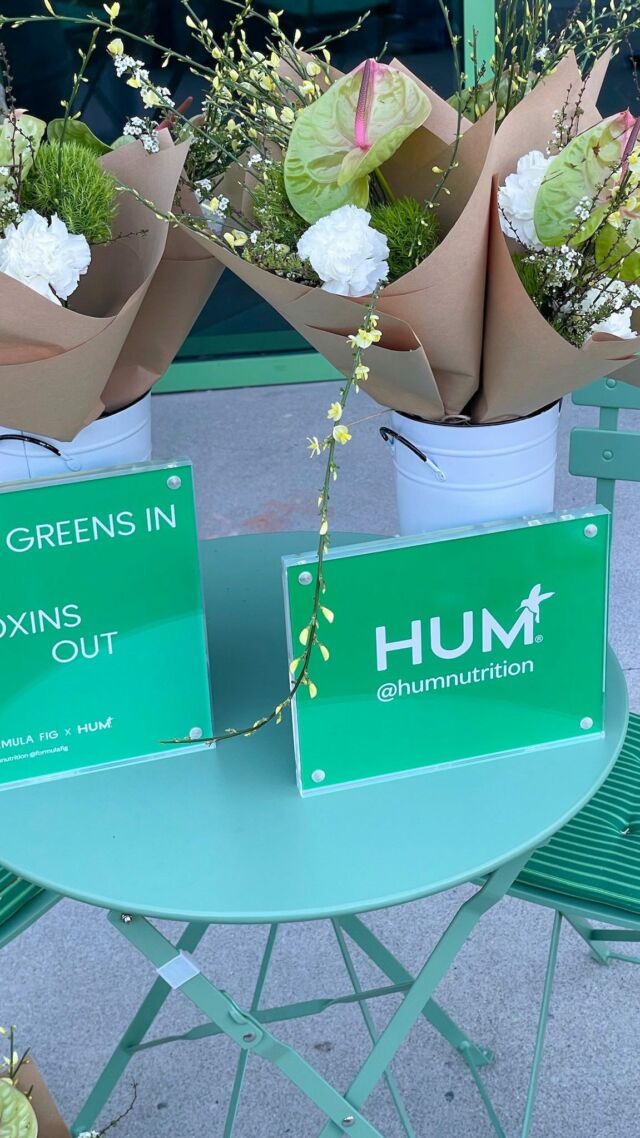When you think of stress, certain connotations—like being burned out and overwhelmed—come to mind. While these are very real reactions to repeatedly handling stressful situations, some stress isn’t as negative as you might think. That’s where positive stress comes in.
With the help of Clarity Health Solutions psychotherapist Sharron Frederick, LCSW, we’ll learn to distinguish positive stress from negative stress—and how to manage both for your mental well-being.


What is positive stress?
Also known as eustress, positive stress involves one’s perception that a stressor is within their capabilities. As a result, instead of overwhelming them, the stressor increases motivation, focus, and positive thoughts. On account of these responses, Sharron says that this type of good stress forces us outside of our comfort zone and ultimately increases inner growth. “Eustress makes us feel accomplished, confident, and excited,” she explains. She then lists examples of positive stress, which include:- going off to college
- moving homes
- getting promoted or starting a new job
- getting married
- having a baby
- retiring
- traveling
- starting a new exercise regimen

What Makes Stress Positive or Negative?
Stress falls into two categories:- eustress (positive stress)
- distress (negative stress)
- losing your job
- divorce
- personal or family illness
- legal issues
- financial issues

How to Cultivate Positive Stress
While feelings of distress will occur from time to time, tailoring your mindset and setting boundaries can help reduce their likelihood. Remember: Distress is a threat, whereas eustress is a challenge.Reframe Your Mindset
Manifesting a mindset that’s capable of rising to every challenge can help cultivate eustress and avoid distress. As an example, Sharron says that if a person can reframe job loss to a job hunt, then the process transforms from a threat to a challenge. From there, “the person feels motivated and energized to find that new position,” she explains.Know Your Limits
Other ways to avoid distress include understanding your limits—whether they be, emotional, financial, or time-related. “Don’t over-schedule yourself, make realistic goals, have healthy sleeping and eating habits, exercise, surround yourself with positive people, balance work and home life, avoid drugs and alcohol, develop self-awareness, have positive boundaries, be creative,” Sharron urges. Doing all of these things will help you feel more fulfilled in life and less stressed out by it. And—if you still need a bit of a mind shift—committing to daily gratitude can help you even further.A Final Caveat
It’s important to note that while recognizing the difference between positive and negative stress can influence the way our mind embraces challenges, our bodies have a harder time distinguishing between the two. Even positive stress can still leave us vulnerable to the physical side effects of stress such as breakouts, impaired sleep, and poor digestion. For that reason, even in the face of positive challenges, it’s important to support your body’s regulation of stress hormones with exercise, sleep, adaptogens, and nutrient-dense foods.More like this









